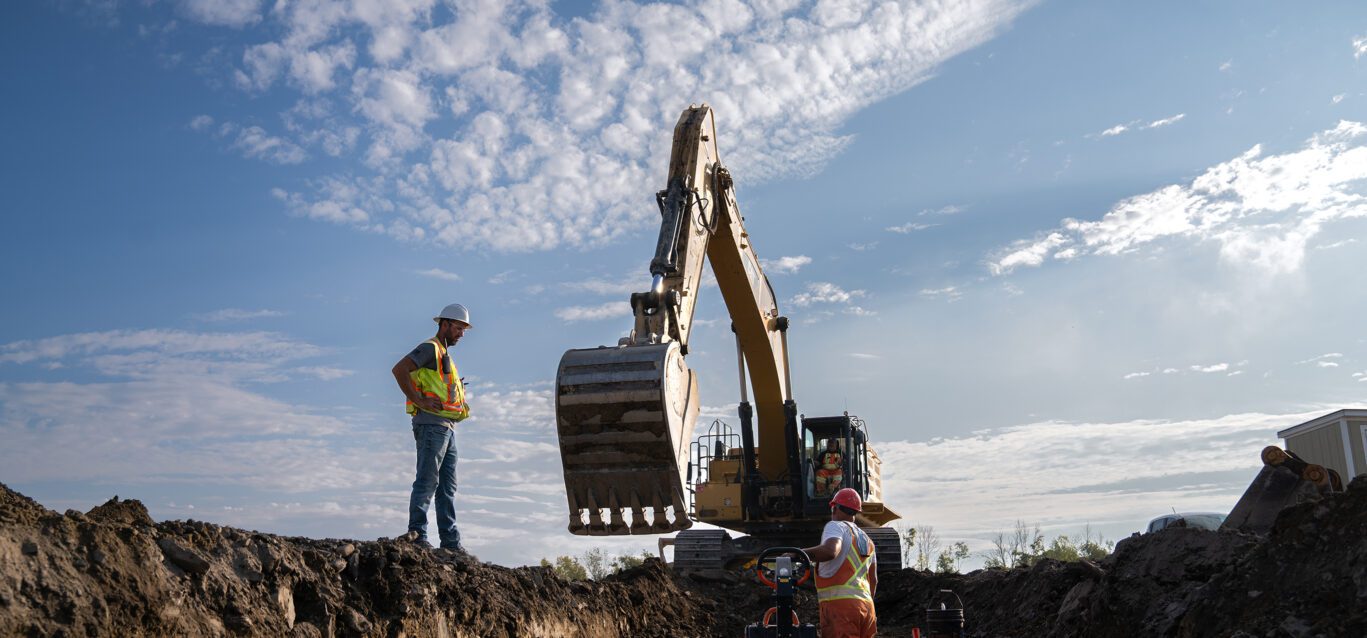Włocławek is probably the second proposed location for Orlen Synthos Green Energy’s small reactors. Cooperation on this project has so far survived the political turmoil – writes Wojciech Jakóbik, editor-in-chief a BiznesAlert.pl.
Orlen Synthos Green Energy was created by Orlen and Synthos to develop the technology of small BWRX-300 reactors from GE Hitachi in Poland. The first location preferred due to the activities of Synthos is Stawy Monowskie near Oświęcim. According to information obtained by BiznesAlert.pl an analogous place important from the point of view of Orlen is Włocławek, although Ostrołęka is also on the list.
The project’s promoters claim that they are capable of launching the first reactor within this decade, although they are lowering their expectations compared to the announcements of several dozen units across Poland that were proposed before the political change in Poland. If the GE Hitachi and Ontario Power Generation project in Darlington, Canada, succeeds in providing the BWRX-300 reactor in 2028, the Poles want to be next before the end of the decade.
The political turmoil associated with reservations about the Orlen-Synthos cooperation model, which even Prime Minister Donald Tusk has spoken about, is not intended to stop Polish-American cooperation on technology, about which there are no reservations. The biggest challenge for SMRs in this issue is currently the protracted transition period in Polish politics, when after the change of the minister of state assets on the one hand and the legal consolidation of the ministry of industry on the other hand, further personnel changes make it difficult to make decisions in companies.
I would recommend a calm assessment of the capabilities of public administration, especially from the point of view of personnel handling several nuclear projects at once in the ministry of industry, which is taking over the department of nuclear energy from the climate ministry. The next step is to present an update of the Polish Nuclear Energy Program with a realistic assessment of the schedules of individual projects and the proviso that large and small atoms should complement each other, and not cannibalize resources.









